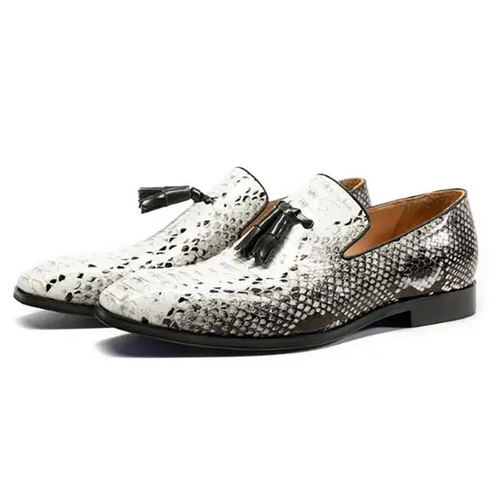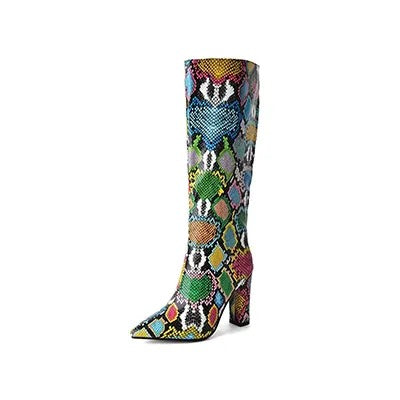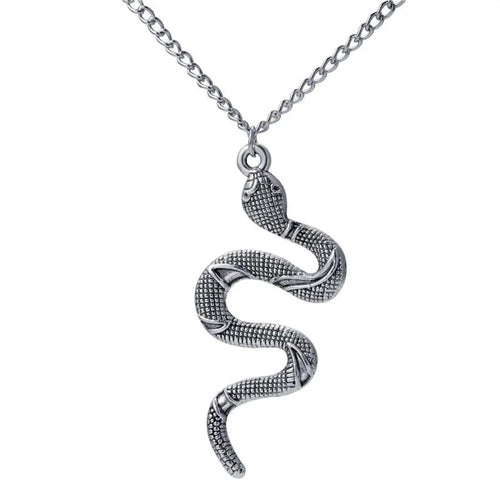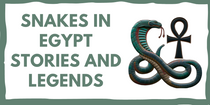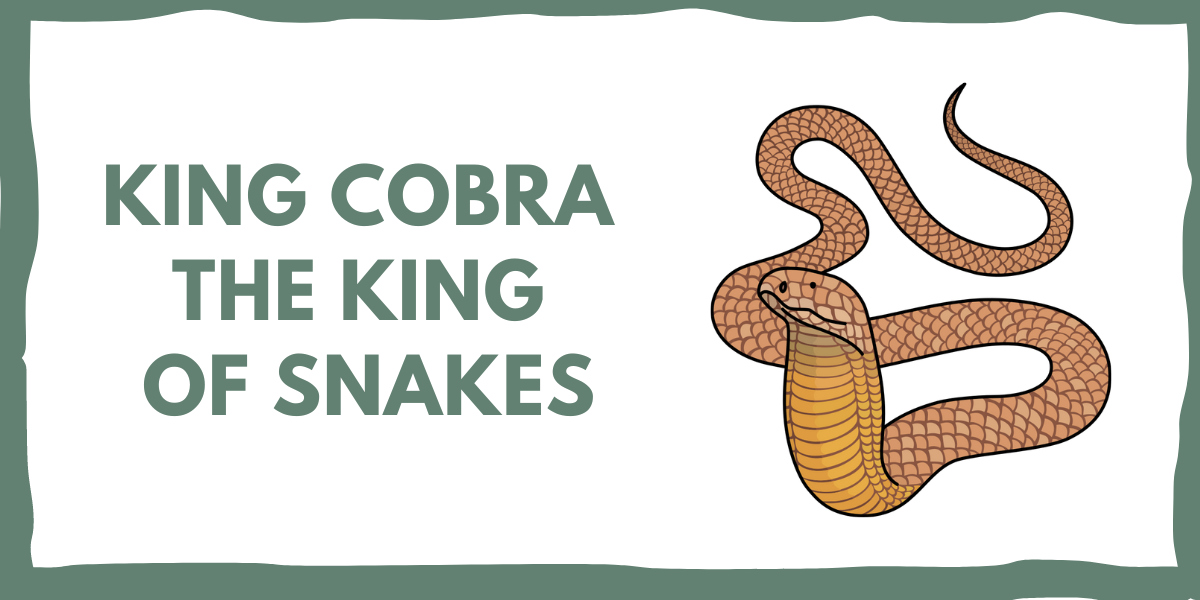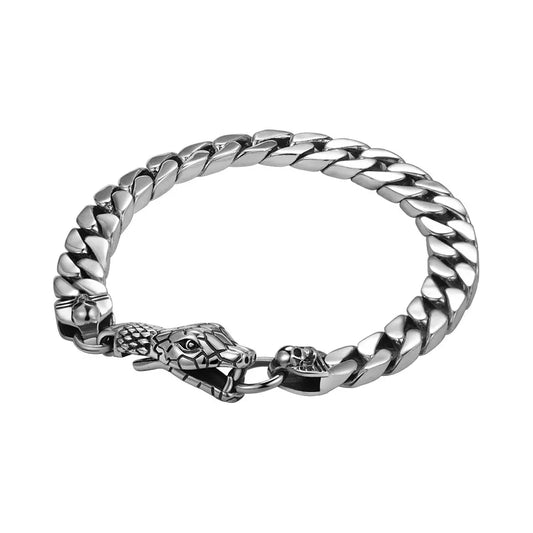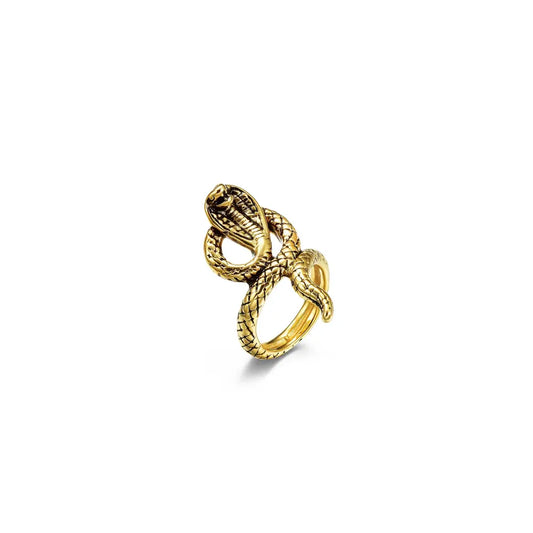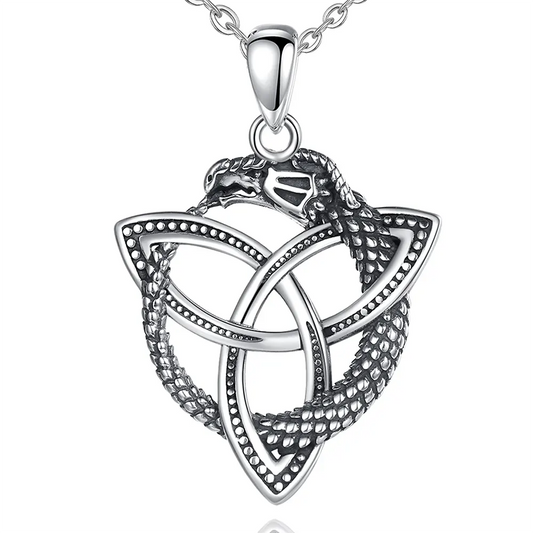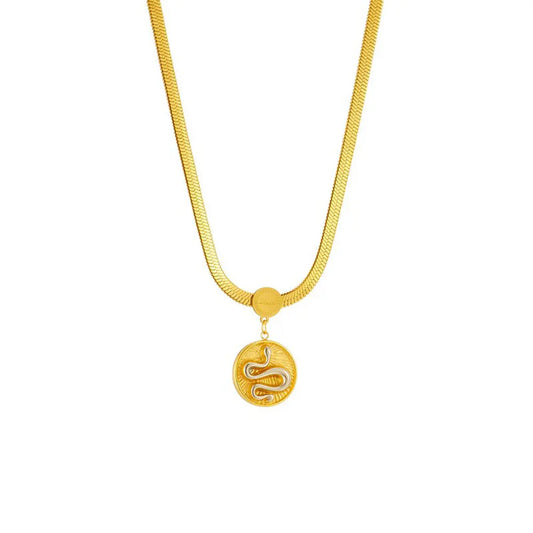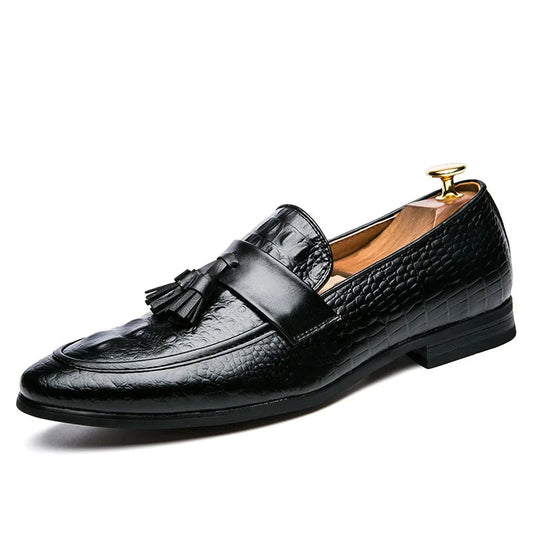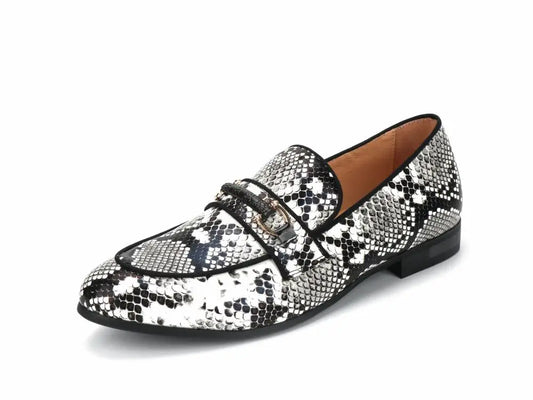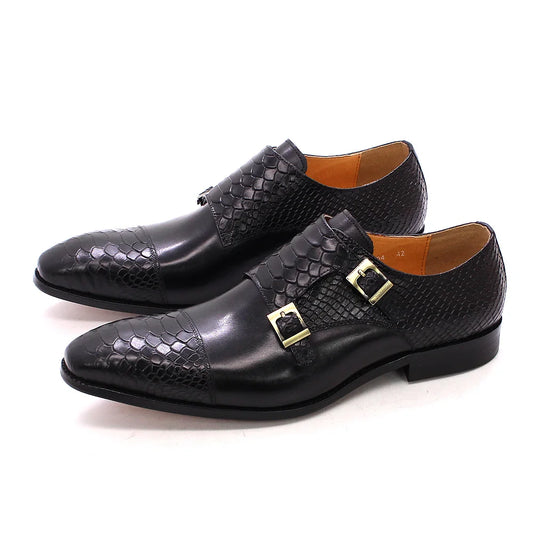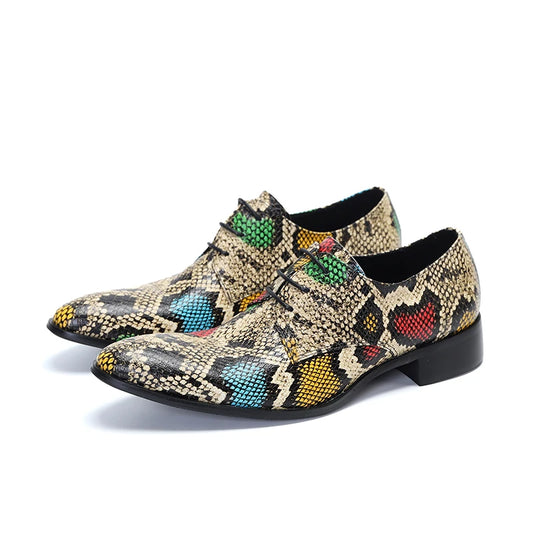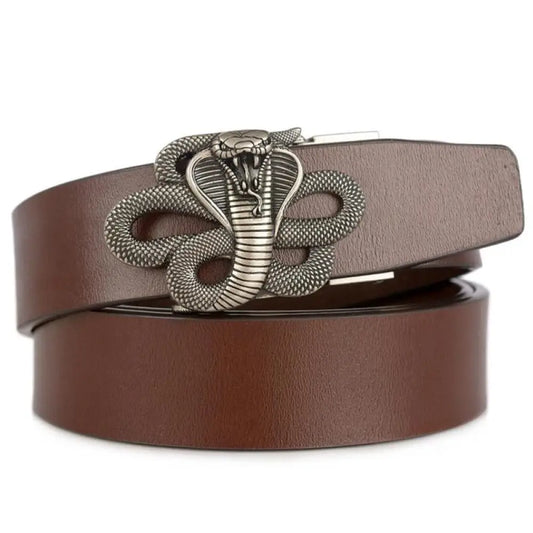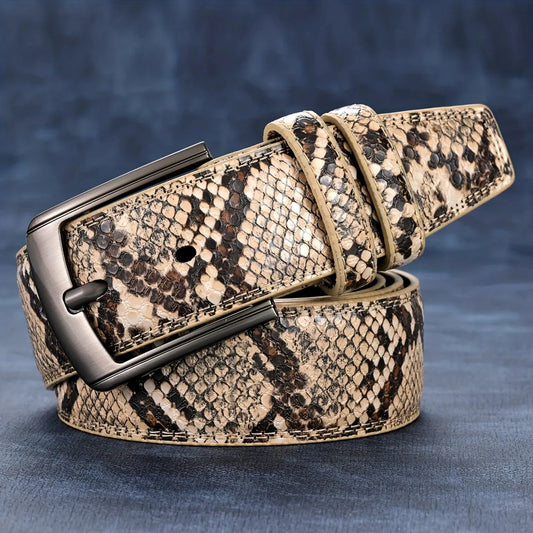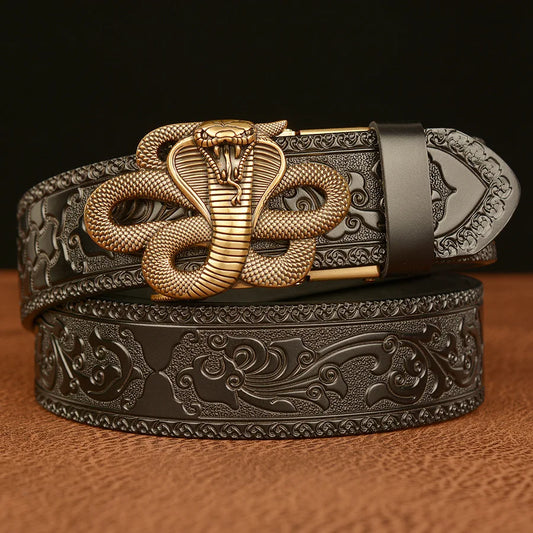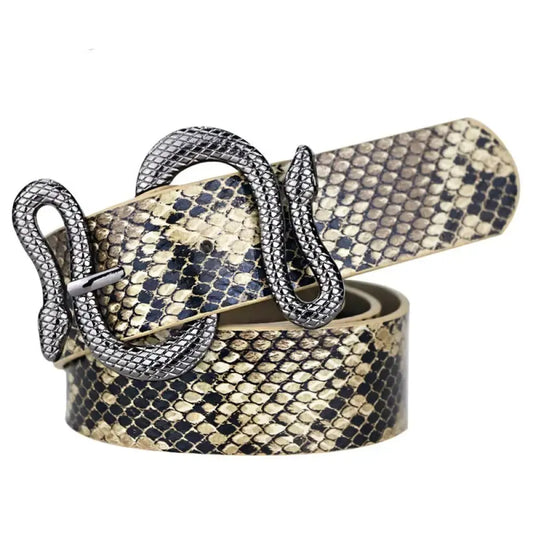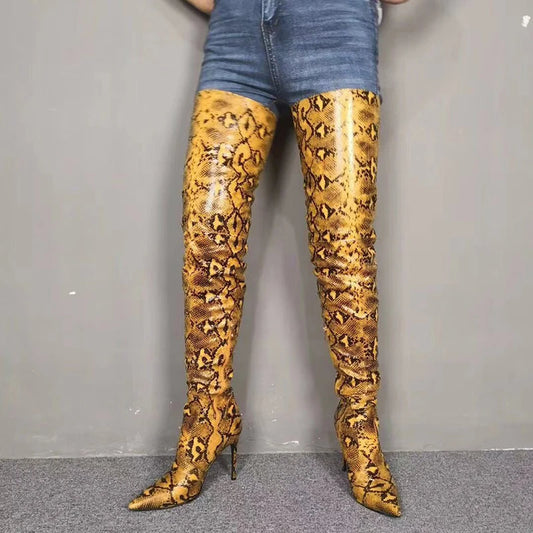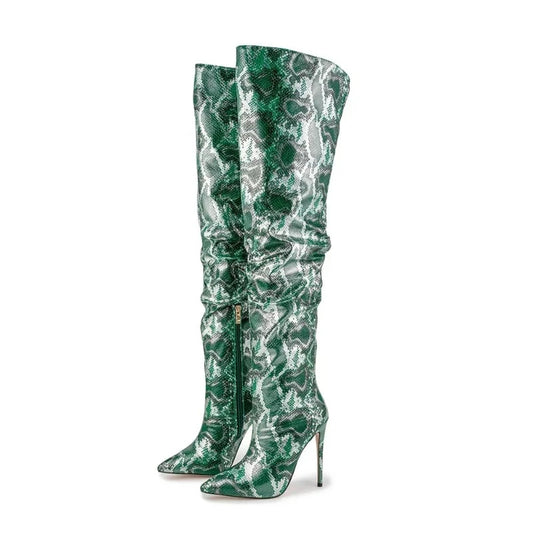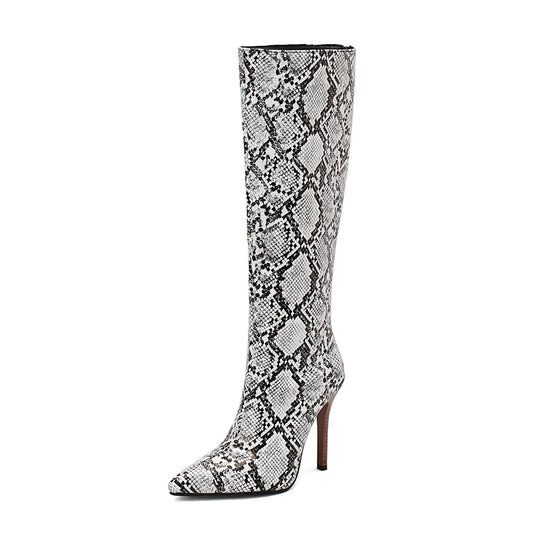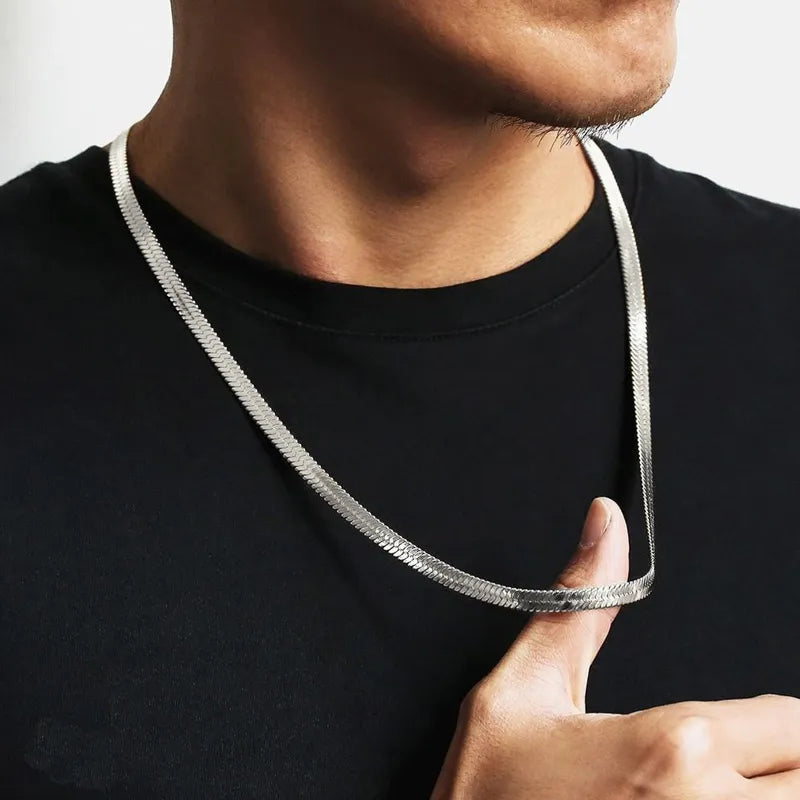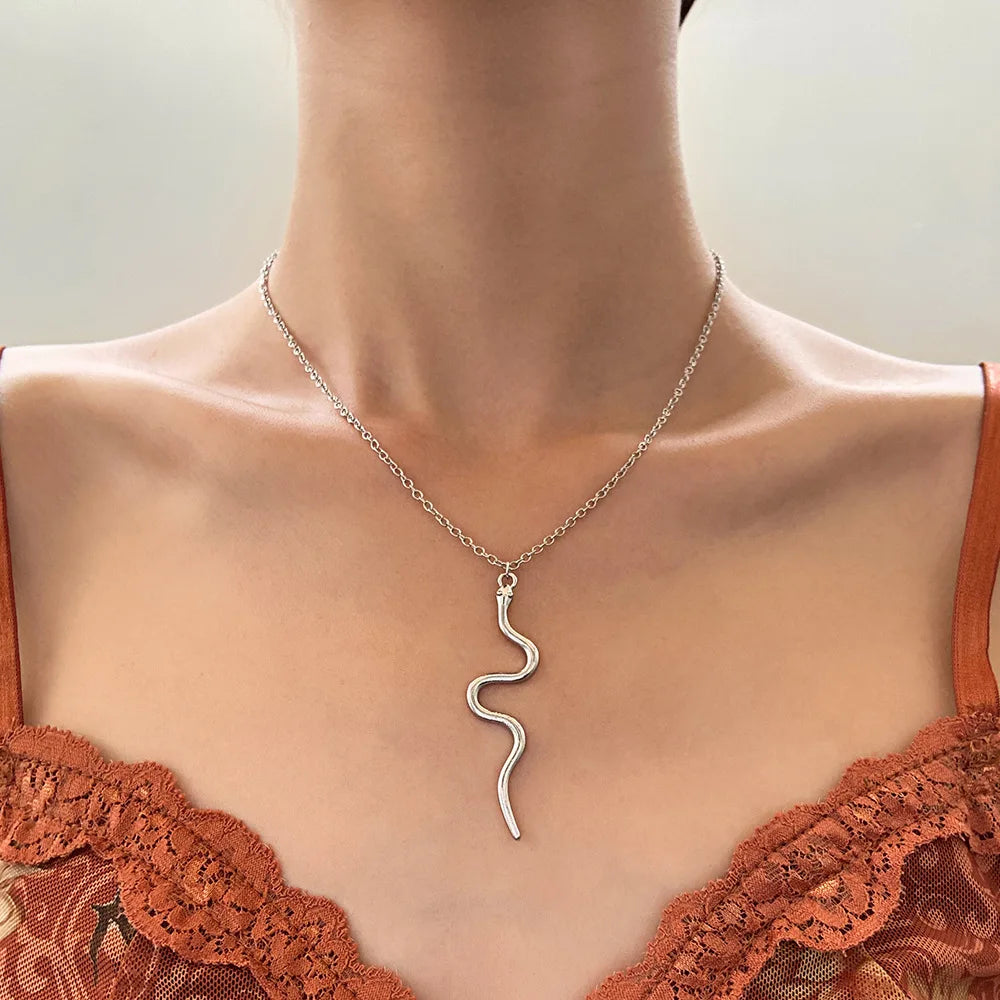The generic name of its genus, Ophiophagus, derives from a Greek word meaning "snake eater".As its name suggests, the king cobra (Ophiophagus hannah) is a king, the undisputed monarch of a vast serpentine kingdom that extends throughout tropical Asia. A formidable hunter, Hannah is a despotic queen who eats her own subjects (Ophiophagus literally means "snake eater"), since her diet is composed almost exclusively of other snakes. In her kingdom, no smaller snake is safe. But why cobra is called King 👑? They are called king cobras because they can kill and eat cobras 🐍.
The snake was first described in 1836 by Cantor under the binomial name Hamadryas Hannah. It did not remain in this genus, because it was already in use for some butterfly species. It was Günter who presented the genus Ophiophagus in 1864, to be officially accepted in 1945 by Charles Bogert.
From a point of view, of life expectancy, its reign is long, so long that it can live up to twenty-five years or more. The cobras are the best-known representatives of the elapids, a family that also includes the African Mambas, Bungaros or Kraits, coral snakes, Australian taipans, and sea snakes. Snake charmers are very well known for their use of this type of snakes, if you want to learn more then you can read our article about snake charmers.

1. How do king cobras look like?
Of course, we are talking about a snake that can measure between 3 and 5 meters with a weight of 6 kg. The king cobra is the largest venomous species. For your information, the longest specimen found on our planet is 5.8 meters long, it was normally in the London 💂 Zoo but it was killed during World War II (In the wild, the largest specimen averaged about 4.8 meters and was captured at the Royal Island Club of Singapore in 1951, weighing 12 kg (26 pounds)). The size of this specimen really depends on many factors including its location. Moreover, despite the size of this animal, it is still very agile.
The color of its scales varies from black, brown, or olive green, with light yellow transverse stripes on the body. The color of its belly is pale yellow or cream and its scales are smooth. The young are shiny black with narrow yellow stripes but on the outside by their stretchy hood).
The head of an adult king cobra can have a large wingspan for its size and, like all snakes, when feeding, its jaws can expand to swallow animals larger than its head. In its mouth, it has two sharp fangs into which it injects venom into its prey when it bites. Males are larger and thicker than females.
We will describe more precisely the scales of this royal snake. You have 15 rows of dorsal scales in the middle of the body.
- Males: 235-250 ventral scales / 83-96 subcaudal scales.
- Females: 239-265 ventral scales / 77-98 subcaudal scales.

2. Feeding and Diet
If this snake was a human it would be considered a cannibal why? It eats its fellow snakes, its diet is composed almost entirely of snakes (mouse snakes, reticulated pythons, various members of the genus Naja (the real cobras), Hungarian).
When snakes are scarce then the cobra has no choice but to attack small vertebrates (rodents, birds, and lizards). You can see its power of adaptation, it can even become a constrictor sometimes. He uses his body to strangle some rodents but this is really rare. The cobra's favorite food is the mouse snake, which causes problems when it enters human settlements to search for them.
The intelligence of this snake is remarkable. It uses its gaze and tongue to stalk prey from more than 100 meters away. It also uses the earth vibrations related to the movements of the prey to allow an optimal localization.
After poisoning the prey, the real copper starts to engulf it while it is still alive and the toxins begin to digest it. Like all snakes, the king cobra's jaw is flexible, the jawbones are held together by flexible ligaments allowing the lower jaw bones to move independently. This allows the cobra to swallow 🐍 its prey whole, including those larger than its head.
Most herpetologists classify the cobra as a day snake, due to its daytime behavior, not to mention that it hunts mostly in the daytime.
3. How do king cobras reproduce?
Another of its originality is that it is the only snake that lays its eggs in a kind of nest. The mother makes it with herbs and small branches that she drags with her tail. . The woman is really very important in the relationship, she will build a nest (with branches and the remains of mounds) where she will deposit her eggs (20 to 40 eggs 🥚) and then incubate them (ideal temperature: 28°C) until their birth.
The incubation will take place completely at the level of the nest, she will even protect her young from the threatening predators. This period will last between 60 and 90 days. When the little snakes are born they will have the food that their mother will bring back to them, so she will not eat her young because her first instinct is the survival of her children. Moreover, these young snakes will have venom as deadly as the adult's but also a length of more or less 50 cm.
The most common color in this species at birth is black. Young snakes also have an increased aggressiveness due to their nervous system which is always on alert.
4. How do cobras attack?
The royal cobra is a snake that when confronted with a threat will try to flee quickly, but if it is bothered enough it will be very aggressive. It will raise vertically usually a third of the length of its body, show its fangs and make a kind of hissing sound. It is not difficult for this snake to feel threatened, it is enough for some animal to approach it with sudden movements.
When its body is raised, it can advance and bite, which is one of the reasons why many humans are bitten, because when they see it raised, they misunderstand that it will not advance and that they are in a safe area. It can bite more than once in a single attack, but it is known that especially adults bite and can stay a couple of seconds biting the victim (Be Careful). Although she is dangerous, she prefers to run away rather than attack, and will only do so if the situation does not allow her to run away.
It is a snake really wild snake 🐍, it lives in the dunes where humans are almost non-existent so it rarely meets humans. It is for wedging that the only people who get bitten are people who want to present shows with cobras or thrill-seekers.
If the cobra encounters one of its natural predators, such as the mongoose, which resists its venom, it will try to escape at all costs, but if it does not succeed, it will put itself in a threatening position, spread its hood, and whistle, these attempts usually succeed, because it is more dangerous than any other natural prey of the mongoose.

5. How do cobra whistles work?
Not everything big is dangerous. The cobra, unlike other snakes, has a very low frequency 🎷 compared to the average. Usual snakes have a whistling frequency between 3,000 to 13,000 Hz, so a wide range of frequencies. While the cobra is rather around 2500 Hz, with a dominant frequency close to 600 Hz.
6. How deadly is king cobra?
The royal cobra is the largest venomous snake in the world. It can reach six meters in length and is capable of producing enough neurotoxin (about five hundred milligrams) to kill an elephant with a single bite.
"Nausea, vomiting, pharyngeal and tongue paralysis with dysarthria (difficulty in emitting sounds and words) and dysphagia (difficulty in swallowing) resulting from the venom, salivation, diplopia or double vision, blepharoptosis or drooping of the eyelids, difficulty in breathing, convulsions and ataxia. The poisoning progresses to cardiovascular collapse ❤️, and the victim falls into a coma followed by death from respiratory failure. All this, in less than three hours, if you don't have the horse serum antidote at hand."
7. Where can we meet this species?
The king cobra is abundant in the mangroves and riverine forests of tropical Asia and India has even given it the status of a Shiva-related divinity symbolizing fertility and rebirth, this divinity represents both primitive life force and great destroyer.
Because of their precautions for their nests they do not take risks often and are located in areas where humans are very few. It is there that the female can lay her eggs to finally allow the birth of several small doses of deadly venom.
Then we can meet it mainly in Asia 🌏: China, Nepal, India, Bangladesh, Thailand, Burma, Cambodia, Laos, Vietnam, Malaysia, Singapore, Indonesia, Phillippines.
8. Can you survive a king cobra bite?
This venom contains a really serious neurotoxin that directly attacks neurons, causing blurred vision, dizziness, and facial paralysis. It is the muscular junctions that are alternated so the muscular activity is inhibited. So if your question was whether survival is possible, it depends on the timing, if you wait several hours then your respiratory system will be paralyzed and you will fall into a hypoxic coma. Death ensues by asphyxiation.
It is enough to inject 200 to 500 mg or even up to 7 ml of this animal's venom to kill ☠️ a person. But fortunately, thanks to the collection of the venom, institutions can create perfect serums to treat any cobra bite. We have two anti-venom medications manufactured in two different locations to save people who have been bitten, but this medication is only created in small quantities so mass distribution is not possible. If then the poisoning lasts too long then the solution will be invasive artificial respiration.
- The Thai Red Cross
- Indian Research Institute
This species is fatal and the victim can receive a large amount of poison with a dose anywhere from 200 to 500 mg or even up to 7 ml. With the venom of the King Cobra, many anti-ophidic serums are made exactly for the treatment of any cobra bite. Another solution, in Thailand, a mixture of alcohol and the root of the turmeric plant is ingested, it has been clinically proven to be good for creating strong resistance against the venom of the king cobra, and other snakes with neurotoxic venom.
9. Can you get a king cobra as a pet ?
The legalization of cobras is not complete in all states. In some states, there is a complete ban on poisonous snakes. One exception is Florida which may allow you to have a snake in your home but with one condition, you need a permit. So it is the best solution to have a snake legally, if you try to have a snake illegally then you risk jail time 🔒.
The royal cobra is classified in the IUCN red list in the category of Vulnerable.
As a conservation measure, in India, it is placed under the List II Protection of Flora and Fauna Act 1972 (as amended) and a person guilty of killing the snake can be imprisoned for up to 6 years.
Conclusion...
We all know this famous species, the cobra is in many crests, emblems but also flags. A lot of cartoons refer to this magnificent creature, its sovereignty in the reign of the snake has been valid by many societies like the Indians, the Chinese. These peoples have given an exclusive place to this species. If you have reached this part of the article it is because your fanaticism for the snake king is incredible that's why we present one of our best products the cobra snake necklace.
































































